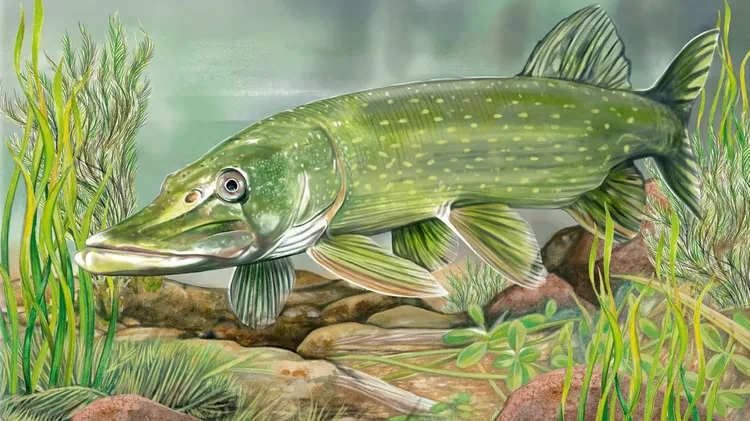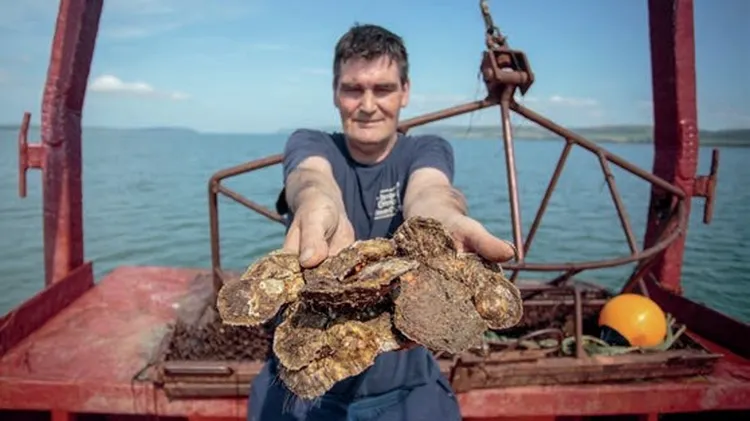In a hobby obsessed with the likes of Panaque and Pseudacanthicus, who will
Sucks to be small
8 min read
This article is from...
Read this article and 8000+ more magazines and newspapers on Readly






